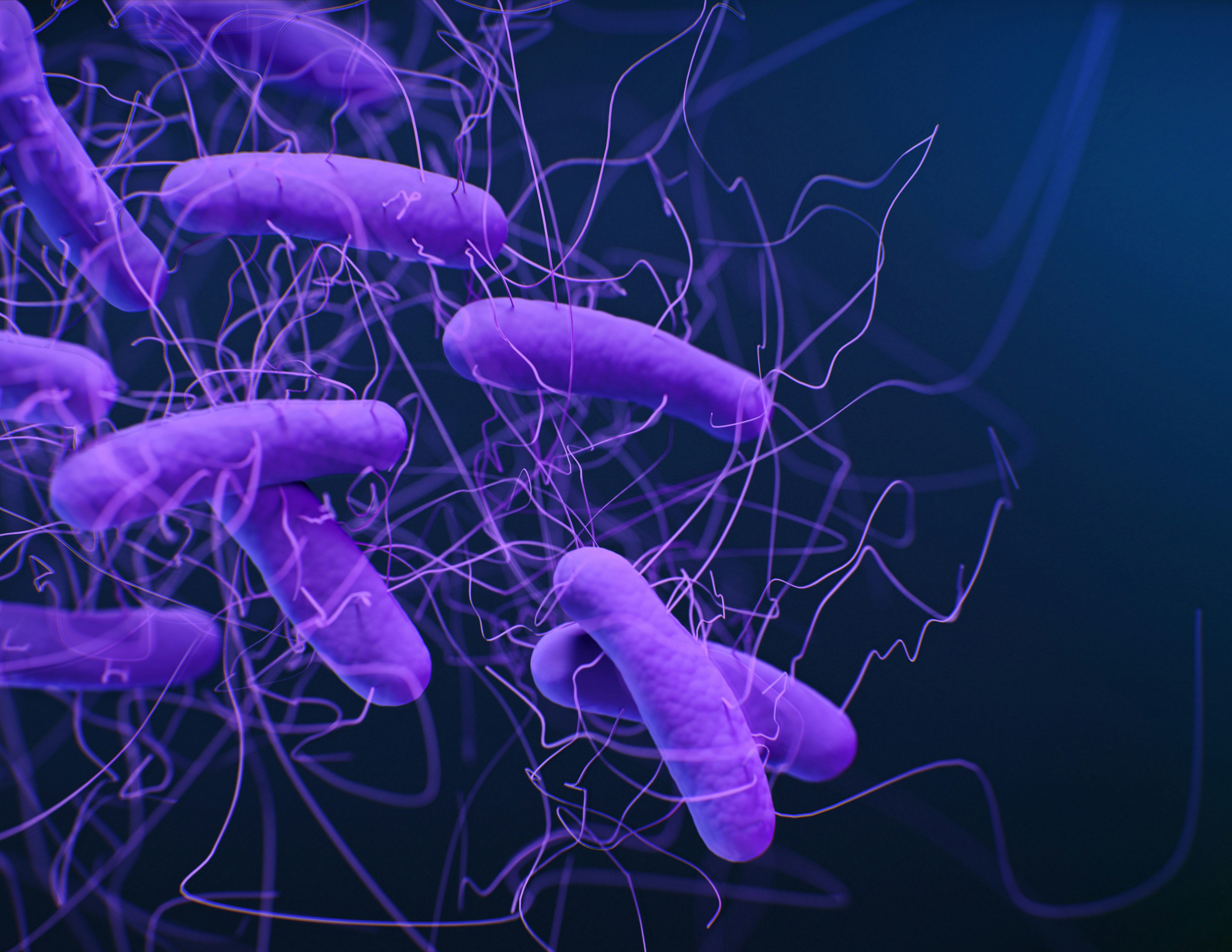
SHF Statement on 2023 JMP Report

The UN’s Sanitation and Hygiene Fund (SHF) welcomes the latest progress report of the WHO/UNICEF Joint Monitoring Program for Water Supply, Sanitation and Hygiene (JMP) with a special focus on gender. A program that has been in existence since 1990, providing household data broken down into key indicators at national, regional and global levels for more than 50 countries, the JMP is widely regarded as the leading source for data on the availability and access to sanitation and hygiene in households, schools and healthcare facilities across countries. According to the 2023 report, achieving universal household access to sanitation and hygiene will require a fivefold increase for safely managed sanitation and a threefold increase for basic hygiene services.
The 2023 JMP also reports, for the second time only, on menstrual health for women aged 15 to 49 years. Covering 53 countries reporting on at least one of the four Menstrual Health and Hygiene (MHH) indicators here below, the report offers interesting insights on the potential state of MHH awareness and access today:
- awareness of menstruation pre-menarche (before the first period);
- use of menstrual materials to capture and contain blood, such as sanitary pads, cloth, cotton wool, tampons or cups;
- access to a private place to wash and change while at home;
- participation in activities during menstruation,such as school, work and social activities.
SHF acknowledges the challenges in collecting MHH data and commends the efforts made by the JMP to advance country, regional and global estimates of progress.
Academic institutions and their affiliated researchers from Columbia University, Liverpool School of Tropical Medicine, Burnet Institute, the London School of Hygiene and Tropical Medicine, and Emory University with support from the NGOs WaterAid and Save the Children, have laid an important foundation for expanding this work with their Technical Guidance on National Monitoring for MHH. In future editions, we look forward to the inclusion of more indicators that build on this work, which has, in part, been captured in the December 2022 JMP recommendations for improving menstrual health indicators in national monitoring In particular, we urge the inclusion of a question on the sufficiency of menstrual products as the present indicator on ‘use of menstrual materials’ solely captures whether a type of menstrual product is available to someone, not whether they have enough materials to manage their menstruation. Furthermore, the options that respondents can choose from not only include purpose made menstrual products, but also include the use of cloth - a traditional way to manage menstruation, and cotton wool. Only the use of underwear, toilet paper or other self-made solutions on their own are registered in the data as “no access”. For future reports, SHF also encourages expanding the classification of access. By shifting the responses from a binary yes or no, to a more granular distinction between purpose-made products, home-made products and those without access, a more nuanced picture of access to menstrual products would emerge.
As we at SHF look at tackling the structural causes of menstrual inequity by shaping the global menstrual hygiene marketplace, the 2023 JMP report could provide an important baseline for likely access to products when interpreted with the above considerations in mind. As part of our ambitious MHH strategy, we've set out to expand the understanding of the interrelationships between product availability, access and sufficiency with outcome indicators on social and economic participation as an important precondition. We welcome the work of JMP and other partners to further expand this body of knowledge. This will enable us to deliver safe, quality, sustainable and affordable products and services to millions of women and girls, while also ensuring access to education, economic and social opportunities and benefits to the environment.



